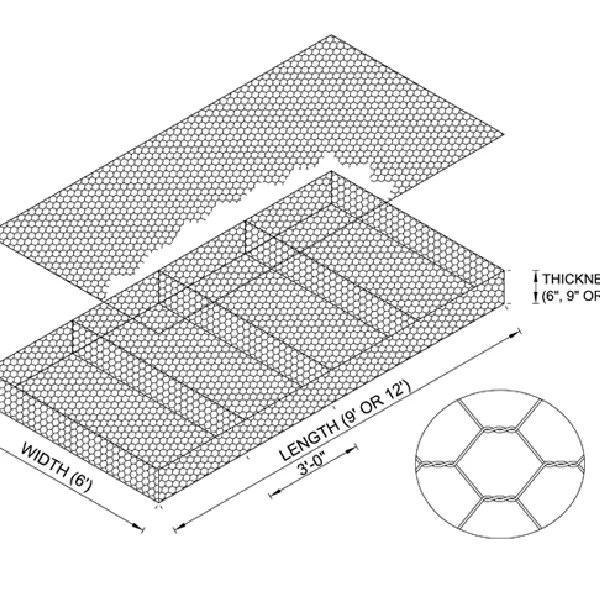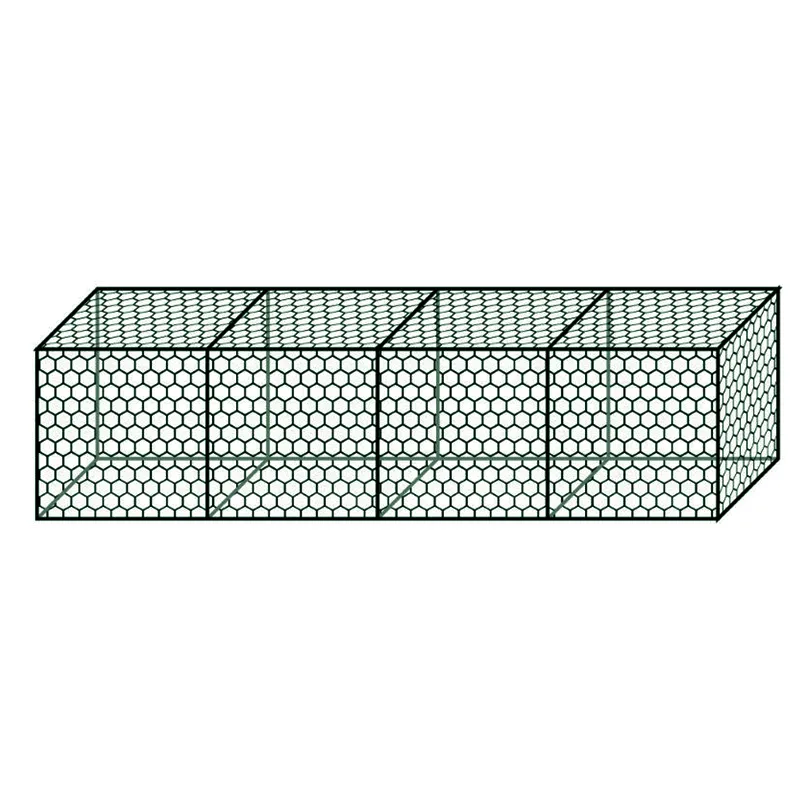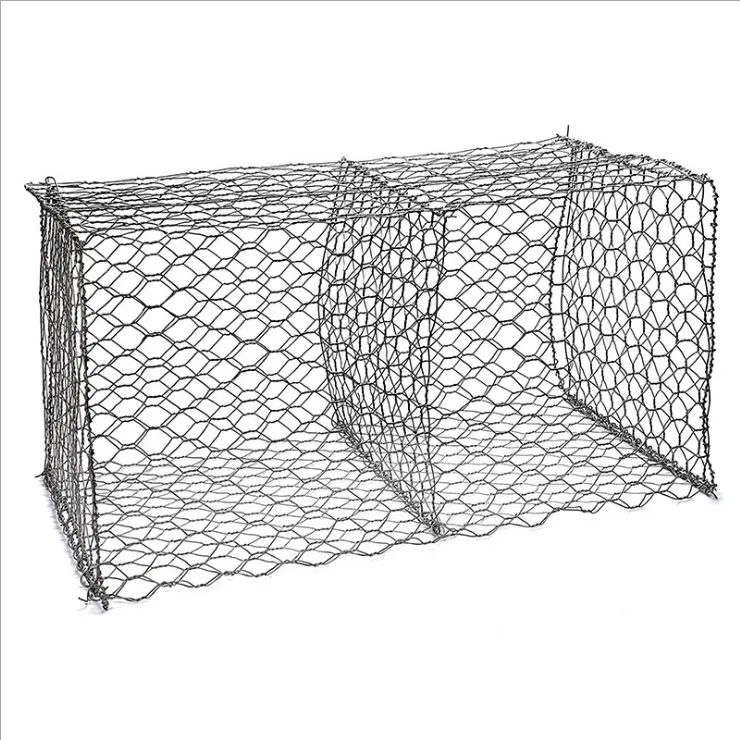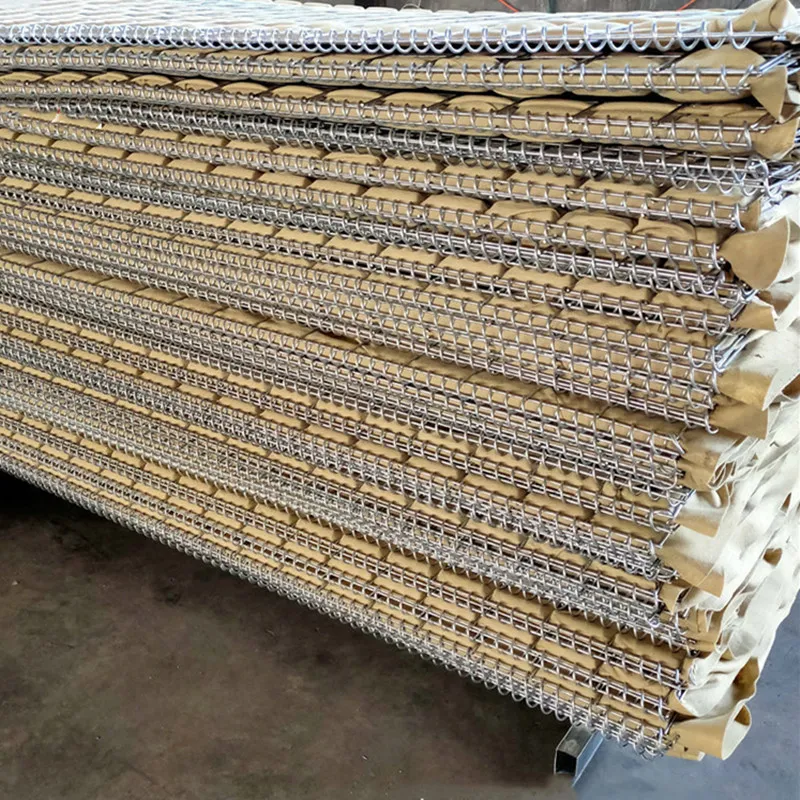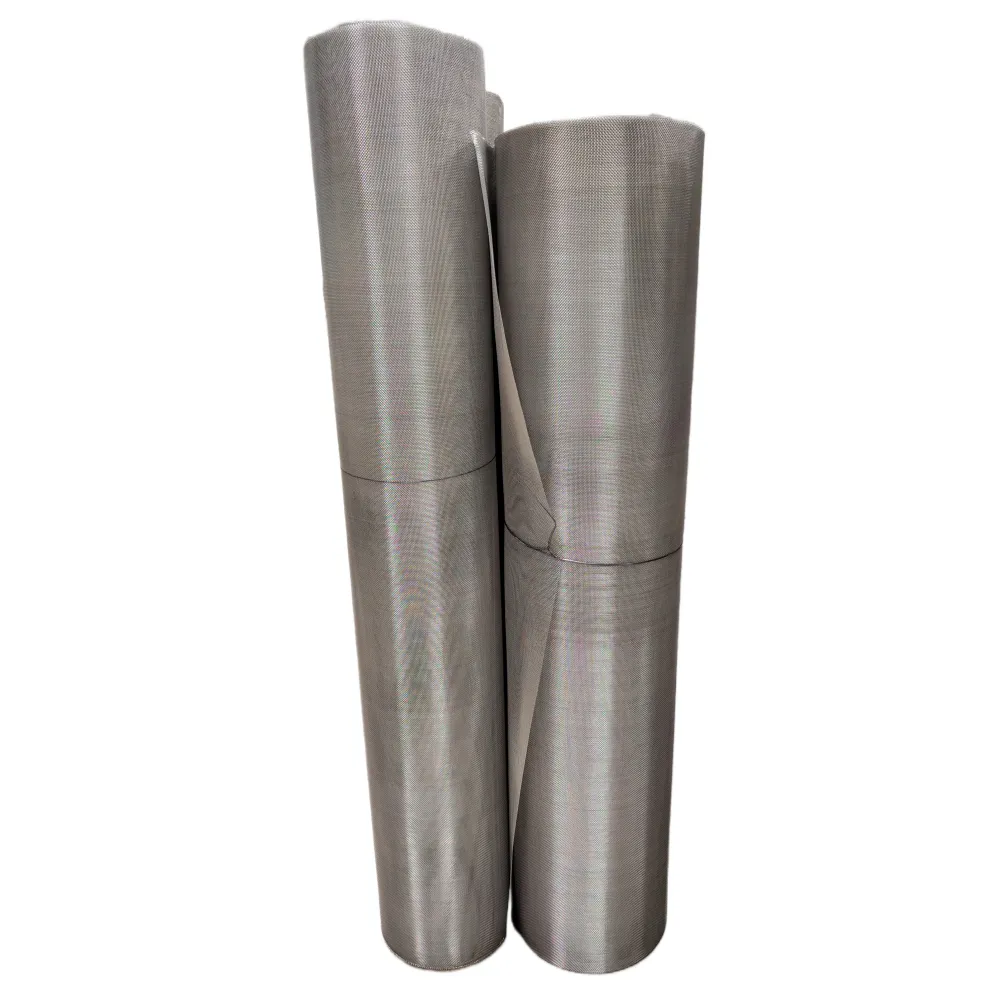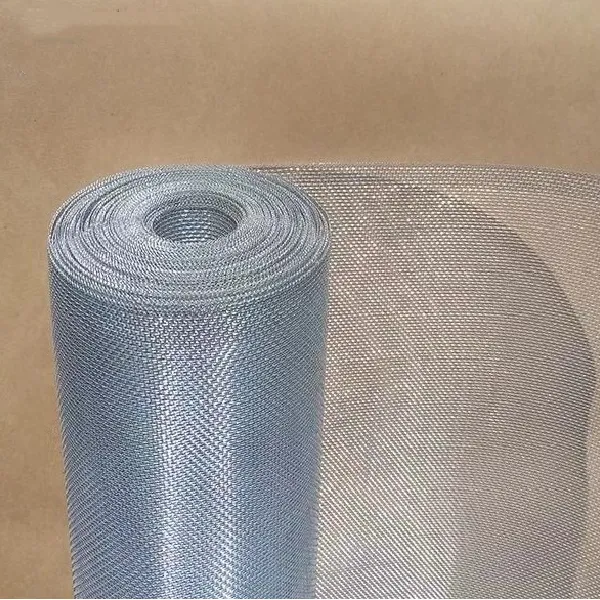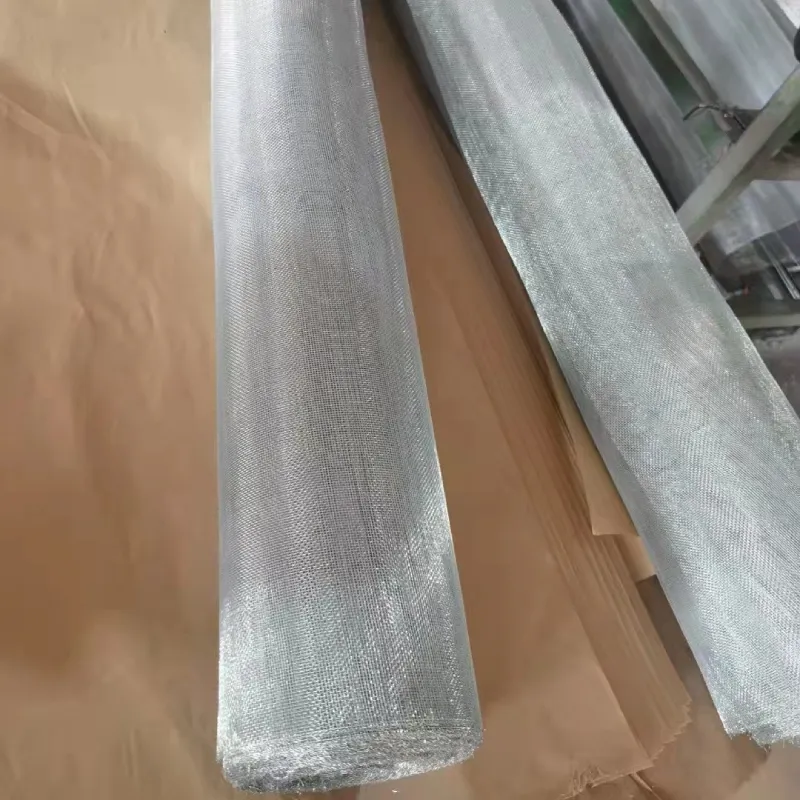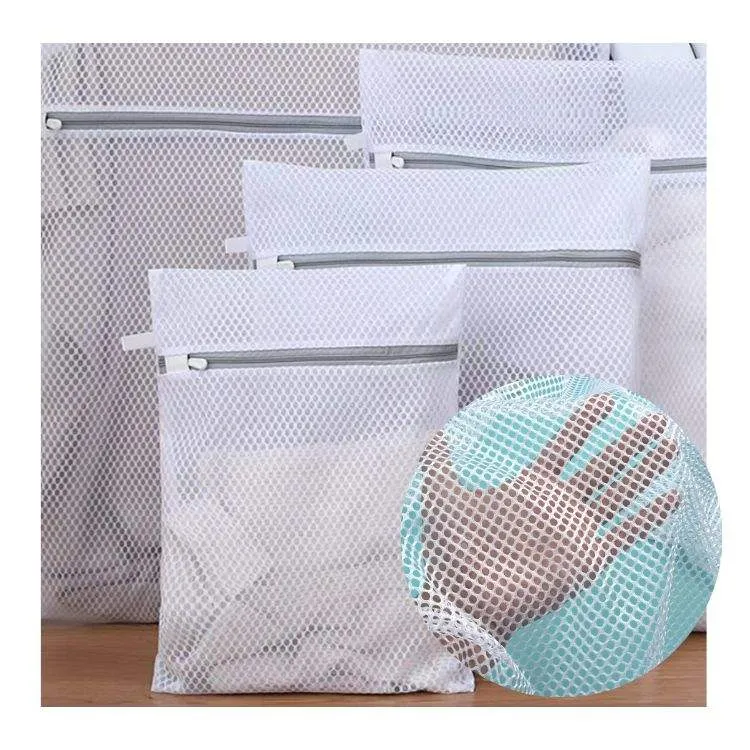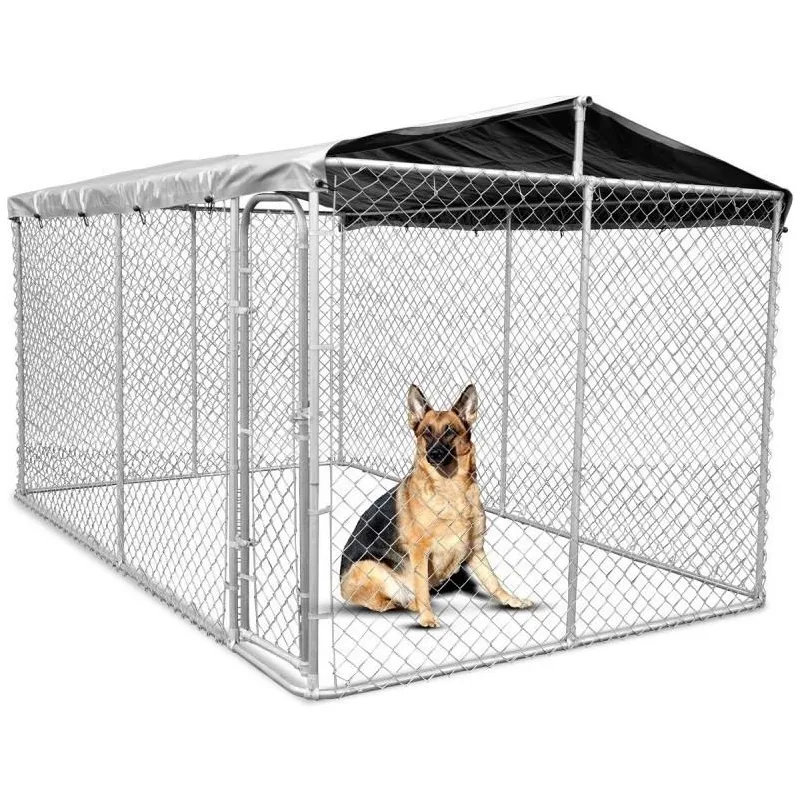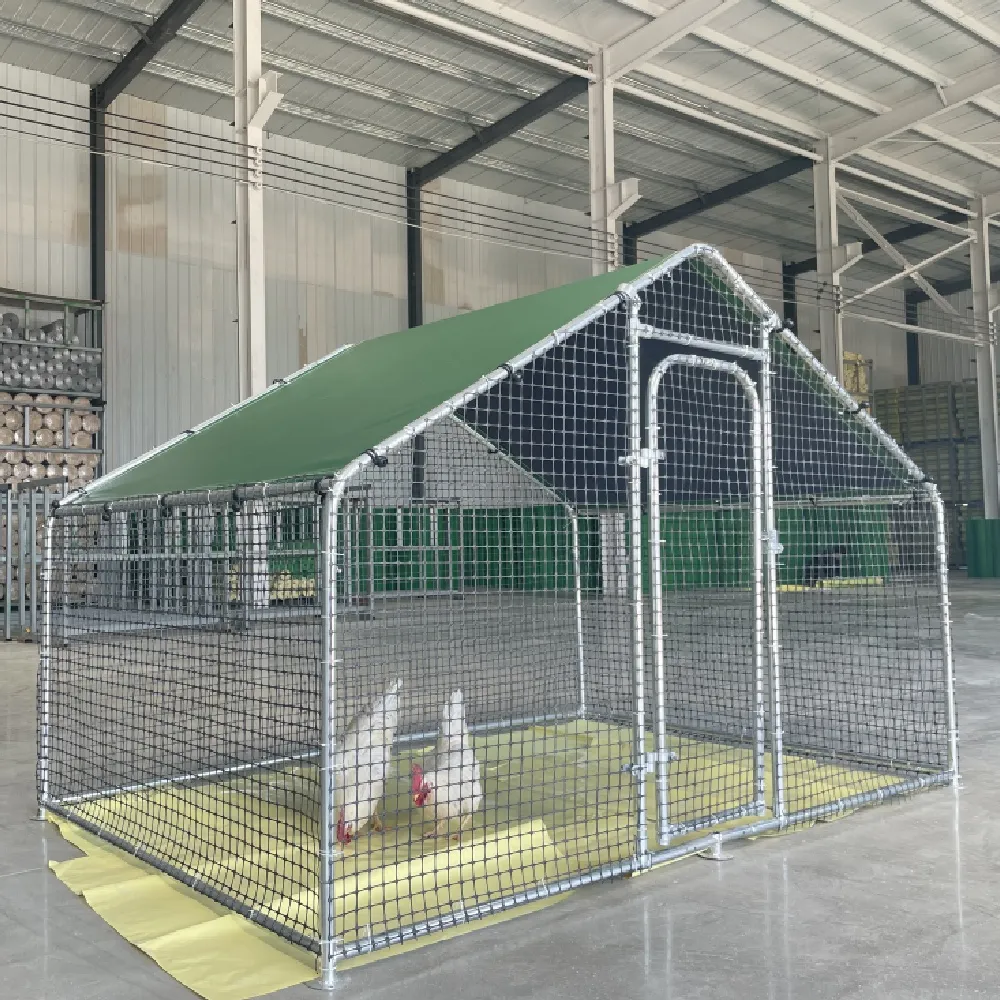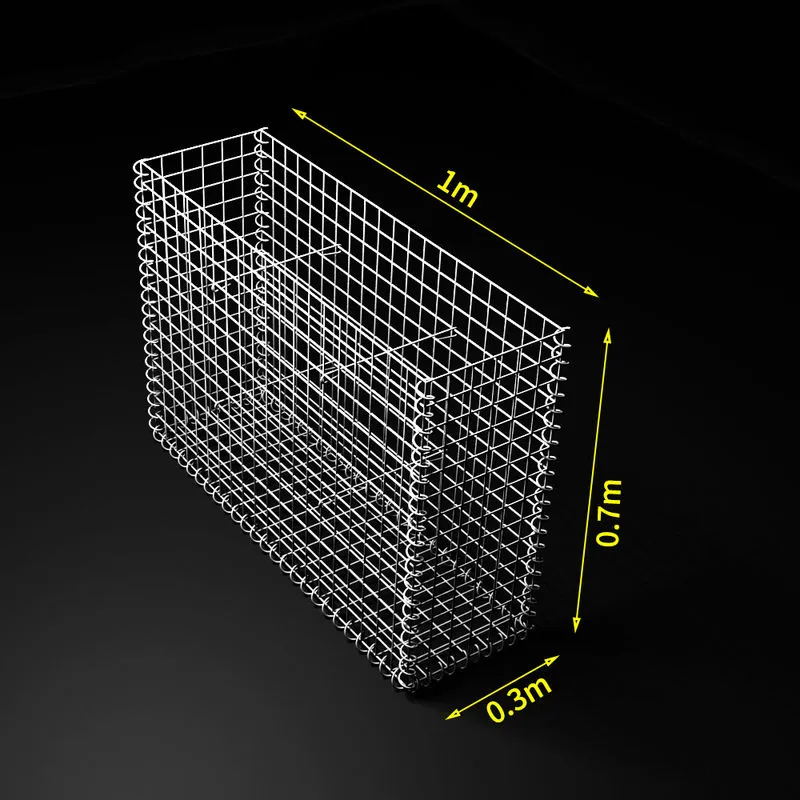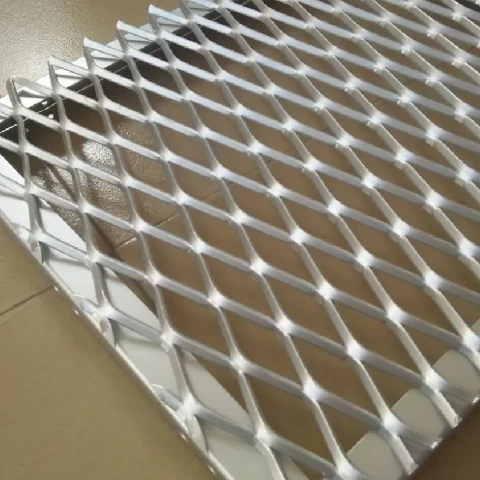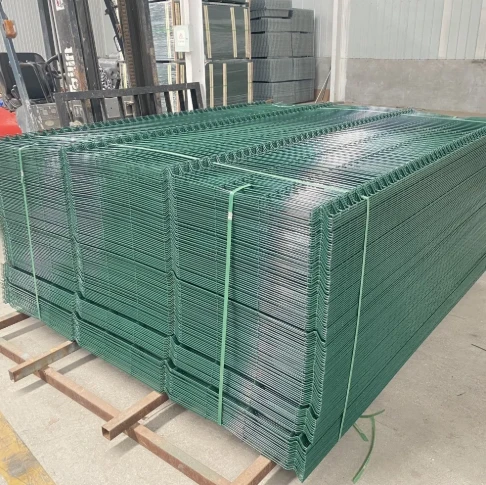Understanding the dynamics of the welded wire mesh market is essential for informed purchasing and strategic planning. Price fluctuations for welded wire mesh can be influenced by several factors, including raw material costs, manufacturing processes, market demand, and global economic changes.

To begin with,
raw materials form the backbone of welded wire mesh pricing. Steel, predominantly used in the production of wire meshes, is a commodity that experiences frequent price adjustments. Factors such as ore availability, tariffs, and import policies significantly impact steel prices, and consequently, the price of welded wire mesh. Purchasers often find that keeping track of steel industry reports and trade news is beneficial in predicting and responding to such changes.
Manufacturing processes also play a crucial role in determining costs. Efficiency in production, technological advancements, and labor costs are significant contributors. Manufacturers who adopt state-of-the-art technologies tend to reduce production waste and enhance efficiency, which could result in more competitive pricing for their products. Conversely, regions with higher labor costs might see a correlated increase in product prices.
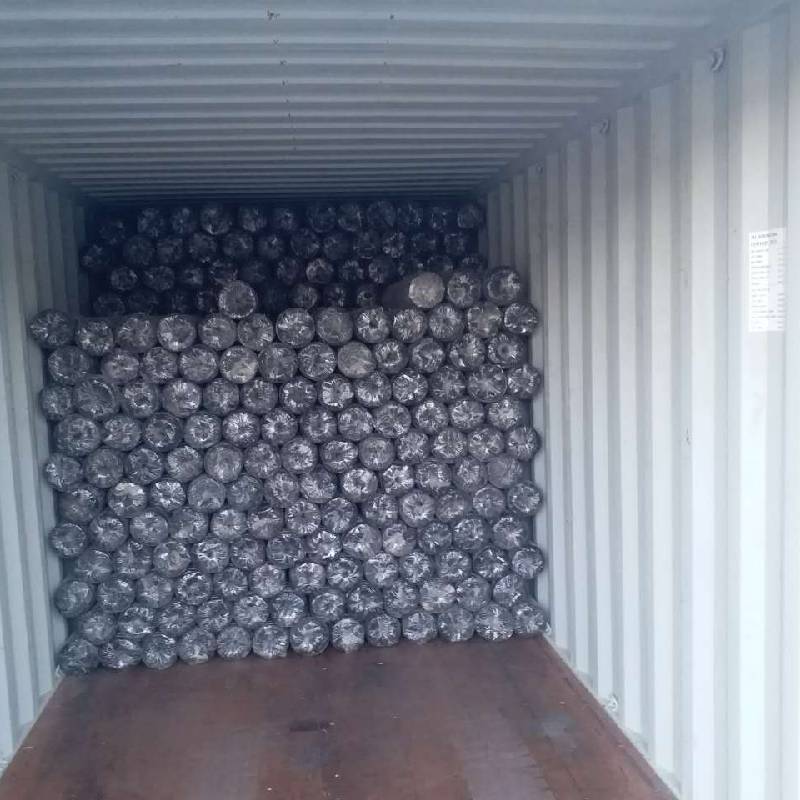
Market demand is another determinant factor. Construction booms, driven by infrastructural developments or increased real estate investment, lead to heightened demand for welded wire mesh. During such periods, prices may surge as suppliers adjust to the increased demand. However, during economic slumps or when industry projects are postponed, demand drops, allowing prices to stabilize or decrease. Observing market trends and construction industry forecasts could help buyers anticipate these cycles.
price of welded wire mesh
Global economic conditions cannot be overlooked. International trade tensions, currency fluctuations, and economic policies in leading production countries can influence mesh pricing. For instance, a weakened domestic currency in a producing country might lead to cost advantages for buyers abroad, as they pay less relative to their currency’s value.
To navigate these complexities, industry experts recommend forming long-term relationships with suppliers. By establishing trust and transparency, buyers might secure better pricing deals or be privy to informative insights on market shifts. Additionally, consulting with industry experts and leveraging platforms that provide live updates on commodity prices are effective strategies buyers can implement to ensure precise decision-making.
Finally, assessing the quality of the welded wire mesh is imperative. It’s vital to ensure the mesh meets the specific standards and requirements of the application it’s intended for. Quality, often an overlooked factor in price considerations, directly affects the durability and efficacy of the mesh in practical applications. Investing in quality products ultimately results in cost-efficiency by reducing future repair and replacement expenses.
In conclusion, understanding and responding to the factors influencing welded wire mesh prices requires a blend of market awareness, strategic supplier relationships, and quality assessments. By focusing on these areas, buyers can not only navigate the complex pricing landscape but also ensure the acquisition of reliable, high-quality products that meet their specific needs.




